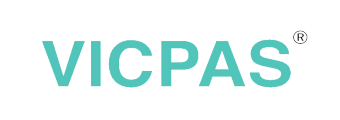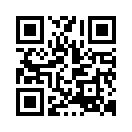Windows 8 Expected to Trigger Global Growth in Touch-Enabled Notebook PCs
Notebook PC Manufacturers Look to Touch Screen Technology to Reinvigorate Stagnating Sales
SANTA CLARA, CALIF., April 15, 2013—According to the latest Touch Panel Market Analysis Report from NPD DisplaySearch, manufacturers are hoping that Microsoft’s Windows 8 operating system will trigger growth in the already mature notebook PC market in 2013. The penetration of touch screens in notebook PCs was under 3% in 2012, but is expected to grow to more than 12% in 2013. This compares to touch-screen penetration of 77% in mobile phones and 100% in tablet PCs.
Along with the conventional clamshell designs, several new form factors for Windows 8 notebook PCs, including flip and convertible, have been created to attract end users. New touch-screen-enabled PCs running Windows 8 incorporate the conventional Aero desktop mode and the Metro mode, a touch-enabled user interface with a tile design.
According to Calvin Hsieh, research director at NPD DisplaySearch, “Touch-screen and PC manufacturers are looking carefully at how successful these initial Windows 8 touch-screen notebook models are in the market, as the touch-screen module requirements for Windows 8 increase module costs, and those requirements are difficult to meet in high volume production.”
Figure 1: Notebook PC Form Factors Available in the Market
# | Design Type | Description |
1 | Clamshell with track pad | No touch screen. |
2 | Clamshell with touch screen | Touch screen on traditional form factor. |
3 | Flip design with built-in keyboard | Touch screen and keyboard modes are switched by changing the device from clamshell to slate. |
4 | Detachable with bundled docking kit | Tablet PC (no keyboard) sold with docking kit (keyboard, I/O ports and battery). |
5 | Detachable without keyboard | Tablet PC (no keyboard), optional keyboard not included. |
Source: NPD Displaysearch Q1’13 Touch Panel Market Analysis Report
Hsieh added, “When consumers consider purchasing a notebook computer with touch-screen functionality, the cost of the device is more important than its form factor. If prices decline sufficiently then penetration of touch into the 200 million unit global market and growth in larger screen sizes would drive significant growth for touch screens in the coming quarters.”
Lenovo, HP, and other PC brands have been introducing touch screens for their new notebook PC products. Hsieh continued, “Touch module bill-of-materials (BOM) costs range between $50 and $80 for notebook PC sizes, not including the cost of optical bonding. Notebook PC brands need a lower-cost touch solution in order to lower barriers to consumer adoption.”
One approach to lowering cost is to choose strengthened sensor glass(SSG) rather than the one glass solution (OGS) for notebook touch integration, but this may require changes to Windows 8’s requirements. Another approach would be to eliminate optical bonding, leaving an air gap between the touch sensor and the display.


